Any work on your roof is always a big investment. Not only must it be safe and secure, but it must also be cost-effective. The second factor usually incites people to experiment with different things until they find something feasible.
Merely considering the materials and labor costs to add a roof over the patio or sheds is enough to give insight into the costs of re-roofing the whole house.
To save money on complete re-roofing, homeowners opt to install multiple layers of shingles on their roofs. But is that safe? And is that legally allowed? Before finalizing any work for your home’s roof, explore our guide to find answers to these pivotal questions.
Continue reading to find out!
Can You Have 3 Layers of Shingles on Your Roof?

The straightforward answer is no. In most states in the US, it is legally forbidden to install more than two layers of shingles on your roof for fire safety reasons. It compromises the safety and security of your home. However, despite that, we routinely observe houses with three or even four layers of shingles. How do the homeowners make it work, then?
When there’s any roof damage, contractors assess the situation and may recommend you add another layer of shingles on the existing roof. Re-roofing requires labor costs for tearing off and disposing of the previous structure and installing the new one. But adding another layer would help you save money and get a good deal. If your roof is near the end of its lifespan with all the shingles flat, you may consider adding a layer on top of it. But what if you’ve already installed two layers? Is a third one recommended?
The significant point of concern is that the roof won’t be able to support another layer if it already has two. Additionally, if it is severely damaged, you could potentially risk the safety of both the house and the residents. At such times, it is best to consider re-roofing and tearing off the pre-existing structure. Ultimately, the best recommendation would stem from a professional who can examine the roof’s stability and give their opinion after the inspection. Thus, it is best to hire a professional and have them inspect the situation before you make any decisions.
Indications of a Re-Roofing
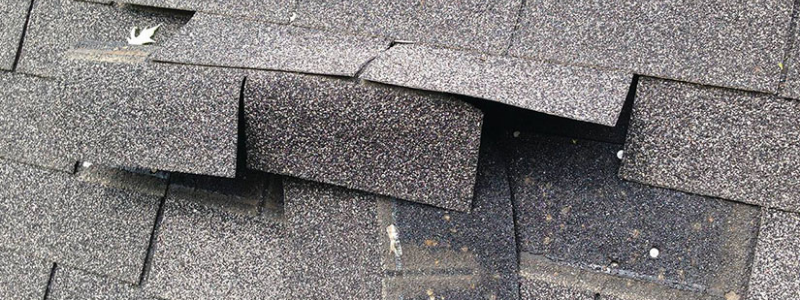
Now that we know adding multiple layers of shingles on your roof isn’t safe or recommended, it is crucial to explore when you should opt for a re-roofing. As previously discussed in the above section, if your roof already has two layers, you should refrain from adding a third and get a complete tear-off. If your roof has buckling, curling, blistering, or broken shingles, or if the shingles have missing granules, you might want to get a few repairs done.
Additionally, calling a professional is apt if you notice damaged gutters or chimney caps. Even if there’s excessive leakage, rust spots, or cracked calk and rubber flashing boots, your roof needs immediate attention.
Getting any work done on the roof is a short and cheap affair if done immediately. If you postpone the repair, it may pile up and cost a lot together. Or even force you to get a tear-off.
Precautions for Adding a Layer of Shingles
We know that adding more than two layers isn’t recommended. But if you only have one, you can get a nail-over for one more layer in ideal situations. Consider the following precautionary measures before you add a layer of shingles to your roof.
1. Roof Flashing

Roof flashing is any metal material installed on the shingles against a wall or usually chimneys. During a nail-over, the contractors work with the existing roof flashing. Thus, if it is broken or damaged, you cannot opt for a simple nail-over as it will cause multiple leaks, eventually leading to more work on the roof. Hence, before starting the work to add another layer, ensure the roof flashing is in optimal condition.
2. Roof Decking
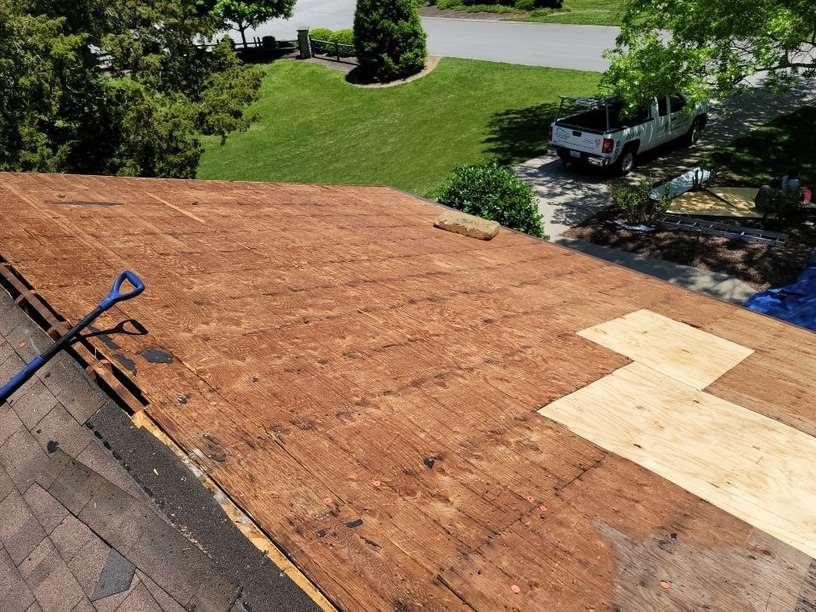
In simple terms, roof decking is the foundation of your roof. During a quick nail-over, it isn’t possible to inspect the roof decking before starting the work. Contractors usually work with what is visible. So, if your roof decking is rotten or damaged, it may pose issues down the line. For instance, if one part of it breaks, the contractor will be required to replace that part, the old shingle, and then add the new one. This will increase the costs and time, too.
3. Warranty
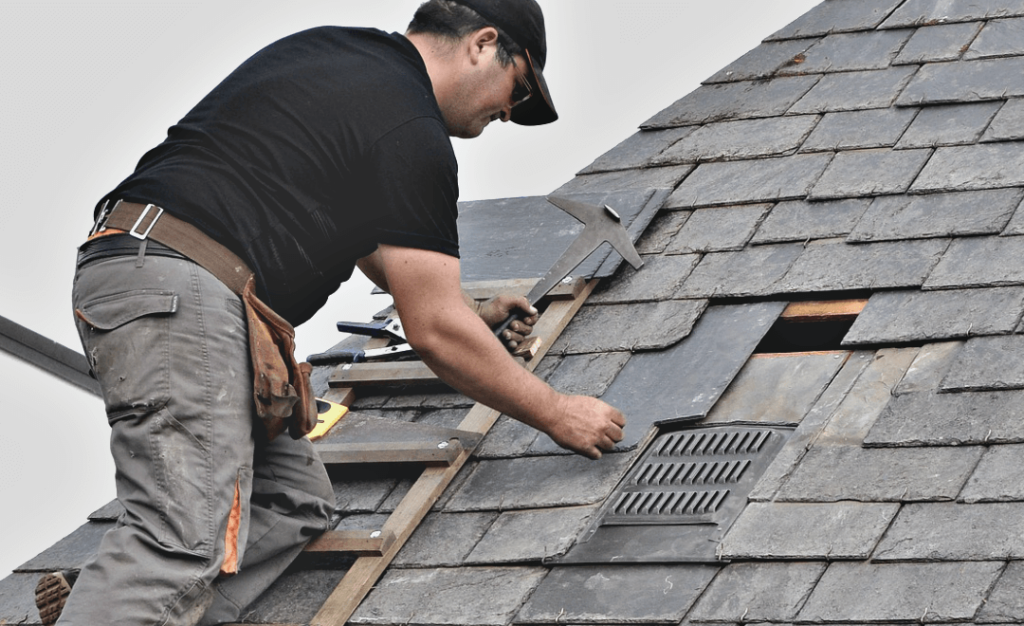
Consider issues with the warranty. When you get re-roofing done or purchase all materials from the same manufacturer, you are eligible for hefty compensations in terms of warranty. However, during a nail-over, the contractor won’t work on all the roof components while replacing only the necessary ones. This won’t bring you the required warranty, and you’ll have to spend more if the roof causes issues in the future.
4. Aesthetics

Before getting a nail-over, pay attention to which material you’re choosing. For instance, if your roof has asphalt shingles, and you choose architectural or luxury shingles, they won’t match. Moreover, it also causes an issue with the exposure. So you may be stuck with old, low-quality shingles simply because you opted for adding an extra layer over getting a re-roof.
Conclusion
So, is it alright to have 3 layers of shingles on a roof? The answer is almost always no. Not only is it legally forbidden, but it also compromises safety. If your roof has just one layer, you can consider adding another after inspecting the roof flashing, decking, shingle materials, and warranty schemes.
However, it is wise to hire a professional to get a re-roof done if your roof has too much damage, leakage, broken components, or rotten decking. While it may cost more initially, the returns on this investment are high.
Based on our discussion, do you think your roof needs a nail-over or a re-roof? Let us know in the comments section below!

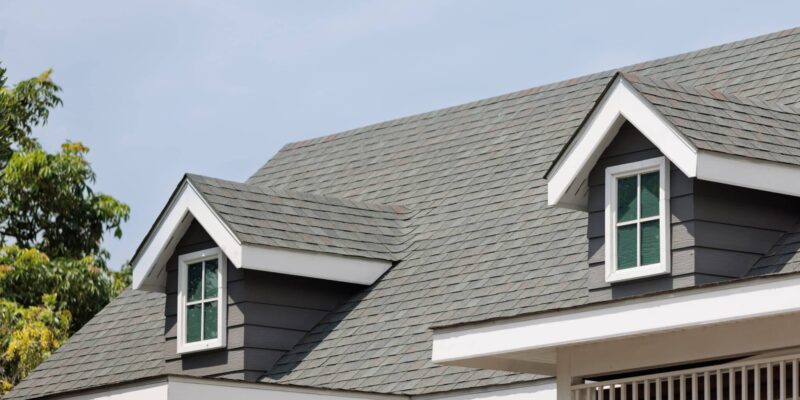





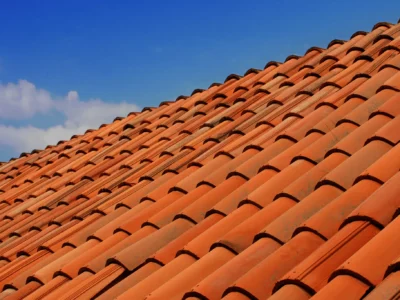


Comments